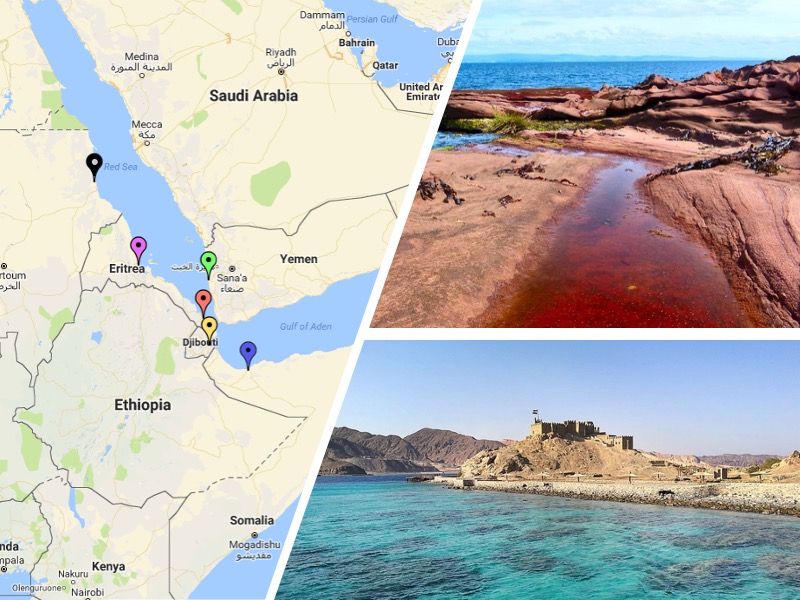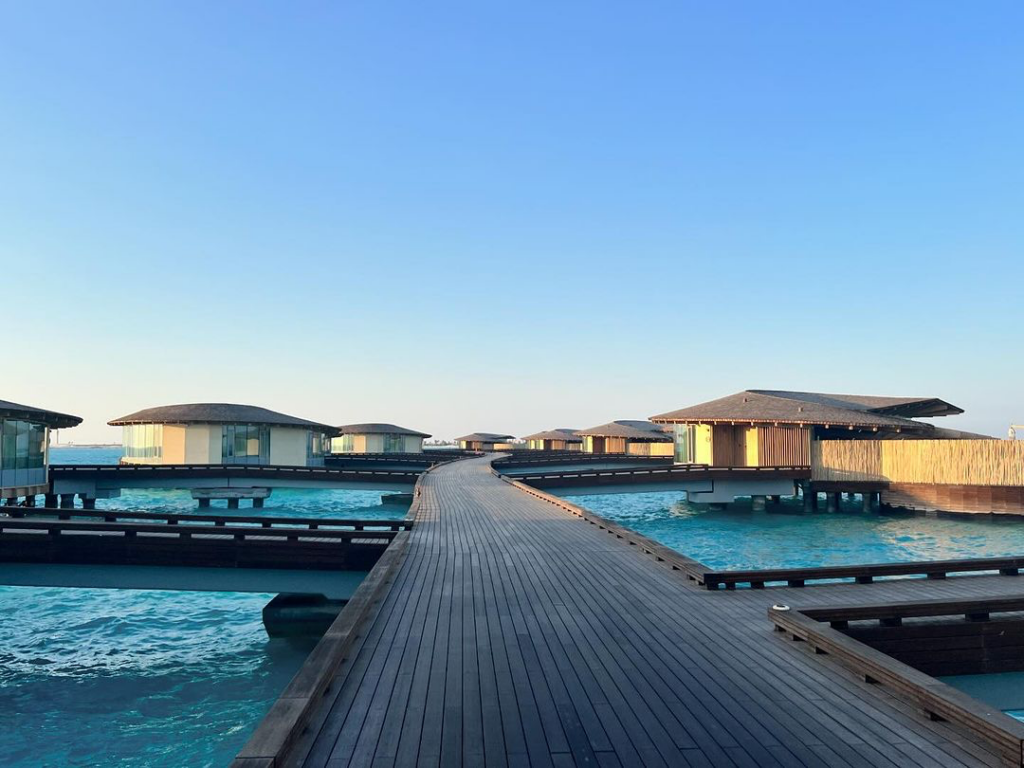Today and tomorrow we will visit Egypt!
Egypt is has deserts, wetland, mountains, the longest river in the world called the Nile. People in Egypt live in big towns and small farms.
We will use math to plan a trip in Egypt, buy food, and see sites. We will also make an Egyptian flat bread with things we have in class. Let’s get ready to learn and have fun!
Day 1
When most people think of Egypt, they think of Pyramids. There is much more to Egypt than these giant tombs, but they are important to Egyptians. Let’s learn about them here:
Math
Pyramid Builders
Today, we are going to build pyramids — but not the kind made of stone! These pyramids will help us practice fact families with multiplication and division. Fact families are groups of numbers that work together, just like a family. In math, they show how numbers can be used in different ways to solve problems. Just like the ancient Egyptians built pyramids to last a long time, we are building fact family pyramids to help us remember our math facts!
Let’s get started by creating our own pyramid with numbers that are connected. You will use your pyramid to show how multiplication and division are related.
We’ll start with a pyramid template. Fill in the missing numbers for each fact family (We’ll go over this together
Flatbread
Next we’re going to make an Egyptian-inspired Flatbread from a recipe.
Flatbreads are a type of bread made without yeast and are eaten all over the world. They are common in places like Egypt, where aish baladi (a traditional Egyptian flatbread) is served with meals, as well as in countries across Africa, the Middle East, and Asia.
We’ll have to be careful with our measurements, checking our ratios of salt and honey.
ELA
Next we’re going to read about life in Cairo, the capital of Egypt.
We’ll finish with a walk through Cairo.
Day 2

Today we’re going to visit the Red Sea. It is has been used as a way to move people and goods for over 4000 years.
In the Bible story of Exodus, the Israelites escaped from Egypt when Moses parted the Red Sea.
Now it is a fun place for Egyptians to vacation.

This 3D video gives a look at one of the resorts at Sharm el-Sheik, a popular spot.
Math –
Today on our second day at our virtual AirBnB, we’ll start by figuring out how to multiply recipes for our crowd . You will divide into teams of 4 and use your recipe and skills to make enough food for the entire class to share. Remember that each recipe serves 4 people.
Our first dish is called hummus which has been eaten in Egypt for over 800 years.
Our second team will be making a recipe called Salatet Zabadee.
Keep an eye on the time and be prepared to share your game plan and your final product.
ELA –
First we will read more about Egypt’s history and the Red Sea.
Then we’ll create our own Cartouche using hieroglyphics and a cheat sheet.

A cartouche is an oval-shaped symbol used in ancient Egypt to surround and protect the names of important people, like pharaohs. The ancient Egyptians believed that writing a name inside a cartouche would protect it and help the person’s spirit live on forever. Cartouches were carved on tombs, statues, and jewelry. The modern word “cartouche” comes from French soldiers who thought the shape looked like a gun cartridge. Today, cartouches are still popular as a way to connect with Egyptian history, often worn as jewelry with names written in hieroglyphs.
Math Standard: 7.NS.A.3 — Solve real-world and mathematical problems using rational numbers.
Focus: Multiplication Facts and Fact Families
Objective:
Students will practice multiplication facts and fact families in a real-world context by solving problems related to visiting modern Egypt. They will engage in an activity to reinforce fact families and create a simple Egyptian-inspired flatbread using classroom pantry ingredients.
On Day 2, they will use fractions in teams knowledge to multiply recipes to make for each other.
ELA Standard: RI.7.4 — Determine the meaning of words and phrases as they are used in a text.
Objective:
Students will read a short informational text about modern Egypt and practice identifying and understanding key vocabulary words. They will complete an activity to reinforce their understanding of vocabulary and cultural elements.